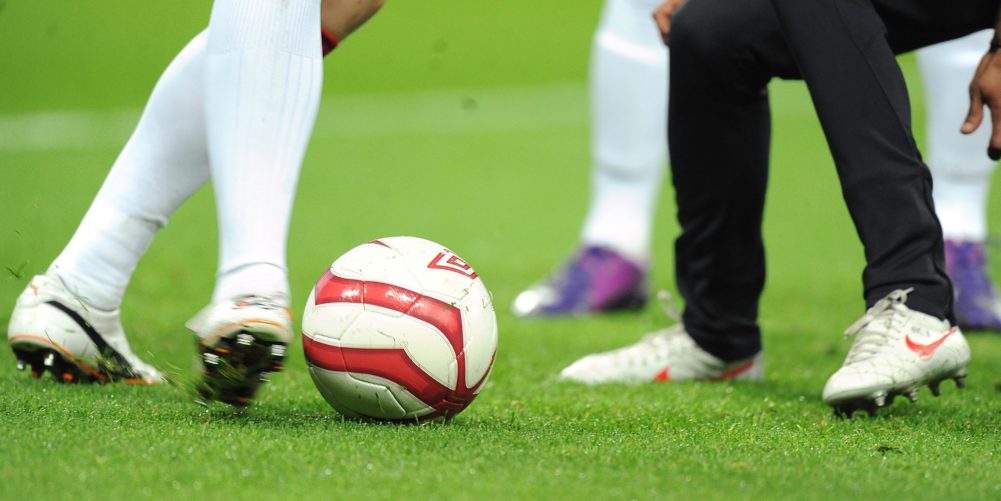The non-league football pyramid is something sports fans in England should be proud of. No matter where you are in the country, there is probably a non-league promotion clash to take in or a competitive FA Vase match to watch somewhere. While they exist in entirely different sporting landscapes, a similar package is on offer when assessing the college football scene in America.
Of course, we’re talking about American football using hands instead of feet here, but there are still similarities between the two. For starters, both serve as grassroots-level football, with the players, managers, and teams in England and America ultimately striving to rise up the ranks and become stars in global leagues, such as the Premier League and the NFL. The similarities between the two don’t end there, though.
There’s a clear pathway to the top
While there are many non-league talents that fail to capture the attention of Football League and Premier League clubs, there is still a clear pathway to the top for the very best players. Even if promotion isn’t on the cards, scouts everywhere are regularly attending non-league matches to find the next Jamie Vardy. Likewise, the same applies in America when assessing the college football scene, with amateur players developing their skills at a lower level before potentially reaching the NFL in the future. Both college football in America and the non-league game in England are essentially used as an educational experience for many players, with players fine-tuning their games and growing as all-round athletes in a competitive scenario before potentially reaching the very top.
Economic constraints are evident in both
Of course, some college football teams have huge attendances and they’re shown on major television networks, but they too struggle to compete with the riches of the NFL. While fans are regularly snapping up merchandise and assessing college football odds before backing candidates in for the Championship Game or Heisman Trophy Award Winner, there is a clear difference between the revenues being earned in the college football world and the huge sums of money being spent by NFL teams.
<iframe width=”560″ height=”315″ src=”https://www.youtube.com/embed/ZBcN6idtImY?si=ziTG2H67-Yjt1KOa” title=”YouTube video player” frameborder=”0″ allow=”accelerometer; autoplay; clipboard-write; encrypted-media; gyroscope; picture-in-picture; web-share” referrerpolicy=”strict-origin-when-cross-origin” allowfullscreen></iframe>
The same applies in the non-league football sphere, with Premier League clubs spending millions every year. Fans can also purchase merchandise and the like, but clubs are still operating on tight budgets. The gulf between the non-league game and the top division is only getting bigger and bigger, leaving many non-league sides having to rely on sponsorships, local fundraising efforts, and gate receipts more than ever before. While the funding for college sports is vastly different to that of non-league football in the UK, there is that sense of losing the attention of fans to the the NFL ‘product’.
Passionate supporters
Despite the tricky circumstances both non-league football clubs in England and college football teams in America are having to contend with, supporters are still as passionate as ever. In fact, there’s a strong argument to suggest that the most loyal football fans around are those who frequent tiny stadiums in the winter months while following their beloved clubs in obscure locations. Likewise, when looking at the college football scene in America, some of the most dedicated supporters are present despite the lure of the NFL. Both sports also contain fierce and long-standing rivalries, with games being highly competitive and full of incident.
Fans really matter
Instead of feeling like a customer at a Premier League club or an NFL team, non-league football clubs and college football teams rely on volunteers and the local community. Bringing people together in the process, there is always deep communal involvement in both sports. Essentially, fans really are a part of their teams. That is very evident across the college networks in the US. Fans support their team through thick and thin, and in many cases their support is cited as being more authentic than you would see in the “big leagues”.























